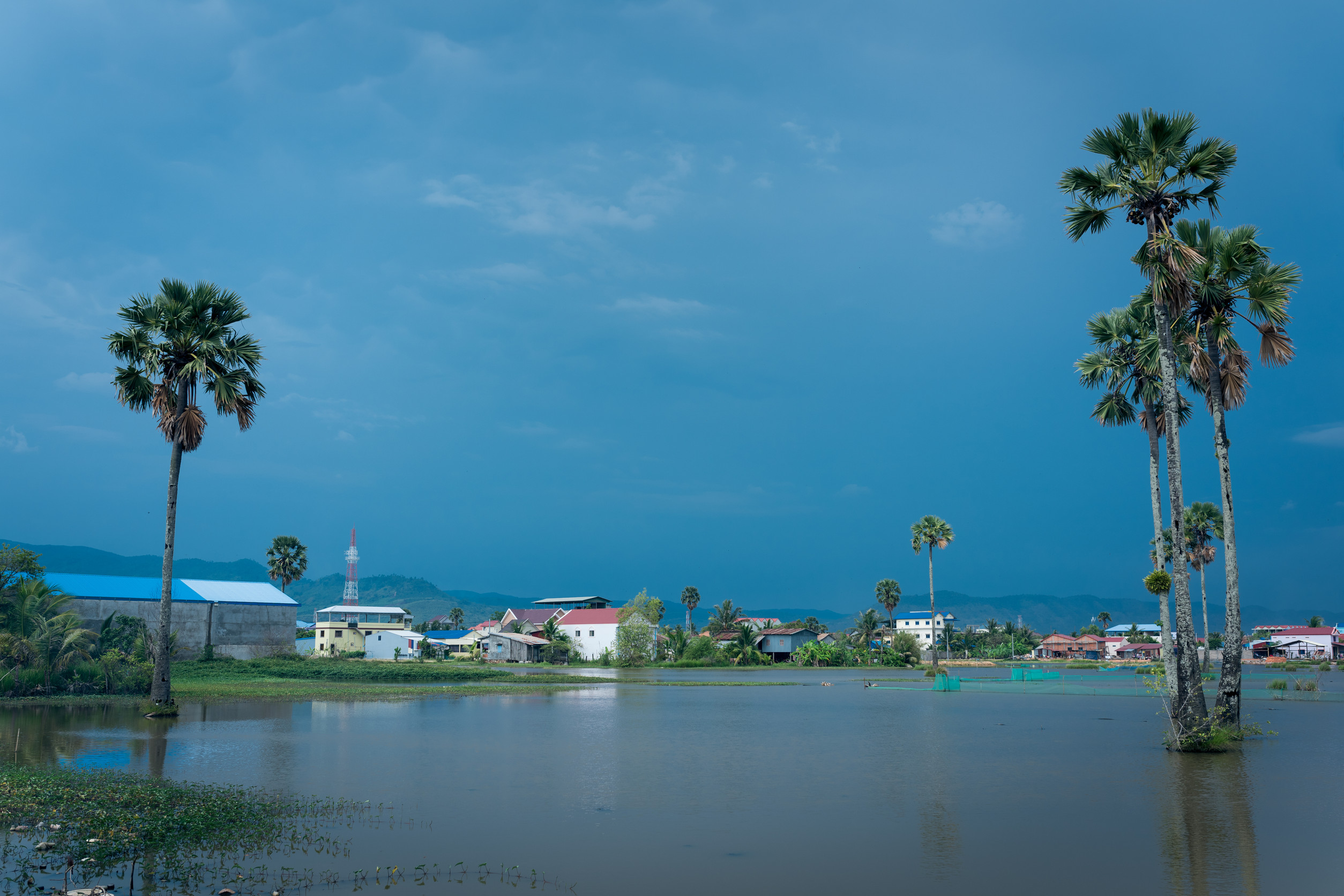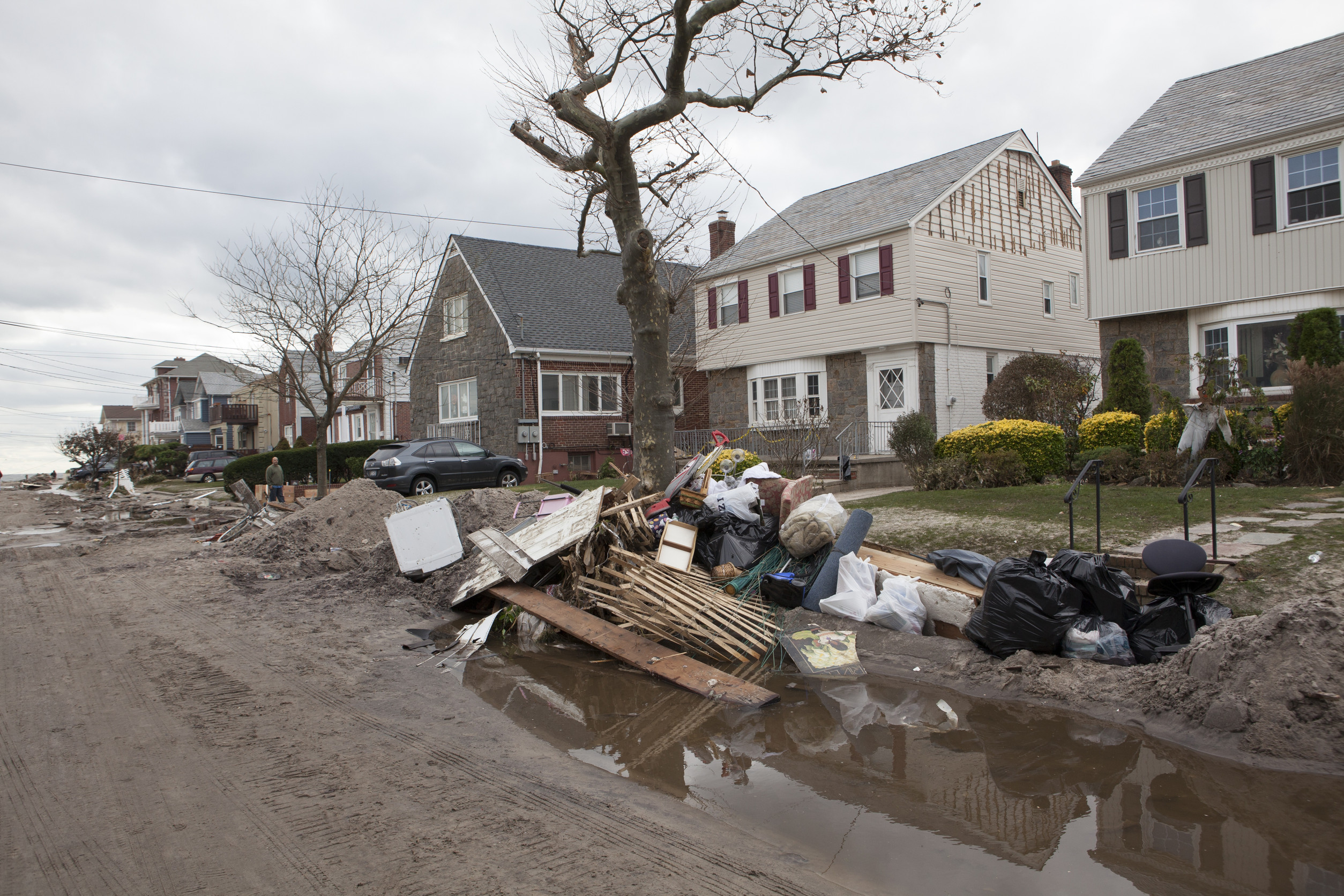
Natural disasters like hurricanes leave a trail of destruction in their wake, but the financial fallout often hits hardest for those without flood insurance. Many communities across the United States have experienced this harsh reality firsthand. This article explores seven communities that faced devastation and highlights the importance of preparedness. By understanding these stories, we can learn how to better protect ourselves and our homes.
1. New Orleans, Louisiana: A Tragic Lesson from Hurricane Katrina
New Orleans was forever changed after Hurricane Katrina in 2005. Despite being in a high-risk flood zone, many residents lacked flood insurance. Consequently, the levee failures compounded the damage, submerging 80% of the city. As a result, families were left homeless, struggling to rebuild without financial assistance. Therefore, Katrina underscored the need for robust disaster preparedness and comprehensive insurance coverage.
2. Houston, Texas: The Wake of Hurricane Harvey
Hurricane Harvey hit Houston in 2017, dumping over 60 inches of rain in some areas. Unfortunately, thousands of residents found themselves without flood insurance, even in neighborhoods that had never flooded before. Consequently, many homes were declared total losses, with owners left to cover repair costs out-of-pocket. Furthermore, the disaster revealed the limitations of relying solely on FEMA aid, which was insufficient for long-term recovery. Thus, Harvey’s impact sparked a broader conversation about expanding flood insurance access.
3. Pensacola, Florida: Hurricane Sally’s Unseen Wrath
In 2020, Hurricane Sally brought unexpected flooding to Pensacola. Many homeowners believed their standard insurance policies covered floods, only to find out too late that they did not. Consequently, the storm caused an estimated $300 million in uninsured losses, leaving families to navigate financial ruin. Moreover, local officials pushed for education campaigns about flood risks, but the damage was already done. Therefore, Sally’s aftermath remains a cautionary tale for the Gulf Coast.
4. New York City, New York: Superstorm Sandy’s Costly Lesson

Superstorm Sandy in 2012 devastated coastal areas of New York City, including Staten Island and Queens. Thousands of residents didn’t have flood insurance, believing their urban location shielded them from risk. However, the storm surged into homes, businesses, and subways, causing over $19 billion in damages. Consequently, many residents struggled to rebuild, relying on loans and community assistance. Thus, Sandy demonstrated that even major metropolitan areas are vulnerable to flooding.
5. Lake Charles, Louisiana: The Double Hit of Hurricanes Laura and Delta
In 2020, Lake Charles faced two powerful hurricanes—Laura and Delta—just weeks apart. Unsurprisingly, many residents were caught off guard, with only a fraction carrying flood insurance. As a result, the storms left entire neighborhoods underwater, compounding the difficulty of recovery. Furthermore, with limited financial resources, many families faced tough decisions about relocating or rebuilding. Therefore, these back-to-back disasters highlighted the unpredictability of hurricane seasons.
6. Wilmington, North Carolina: Hurricane Florence’s Prolonged Impact
Hurricane Florence stalled over Wilmington in 2018, unleashing record-breaking rainfall. Residents who thought their homes were safe from flooding were proven wrong. Consequently, without flood insurance, many faced insurmountable repair bills and displacement. Moreover, FEMA assistance provided a lifeline, but it was not enough to restore what was lost. Thus, Florence serves as a stark reminder of how rapidly conditions can change during a storm.
7. Puerto Rico: Hurricane Maria’s Widespread Devastation
Hurricane Maria tore through Puerto Rico in 2017, leaving catastrophic damage in its path. Unfortunately, an alarming number of homeowners did not have flood insurance due to affordability and accessibility issues. Entire towns were submerged, and residents faced immense challenges in rebuilding. Additionally, the federal response was slow, exacerbating the hardship for those without coverage. Consequently, Maria’s devastation underscored the need for equitable access to flood insurance in vulnerable regions.
Why Flood Insurance is Essential for Every Community
The stories of these seven communities reveal a harsh truth: no one is immune to the financial devastation of flooding. Standard homeowners’ insurance policies typically exclude flood damage, leaving families vulnerable. However, flood insurance provides critical protection, offering a safety net when disaster strikes. Whether you live in a high-risk area or not, evaluating your coverage can save you from financial ruin. Don’t wait until it’s too late—take action today.
What steps have you taken to safeguard your home against disasters? Spread awareness and inspire others to protect what matters most.
- The 8 States Where Flood Insurance Is Practically Unaffordable
- Does Homeowners Insurance Cover Flooding?

Latrice is a dedicated professional with a rich background in social work, complemented by an Associate Degree in the field. Her journey has been uniquely shaped by the rewarding experience of being a stay-at-home mom to her two children, aged 13 and 5. This role has not only been a testament to her commitment to family but has also provided her with invaluable life lessons and insights.
As a mother, Latrice has embraced the opportunity to educate her children on essential life skills, with a special focus on financial literacy, the nuances of life, and the importance of inner peace.
